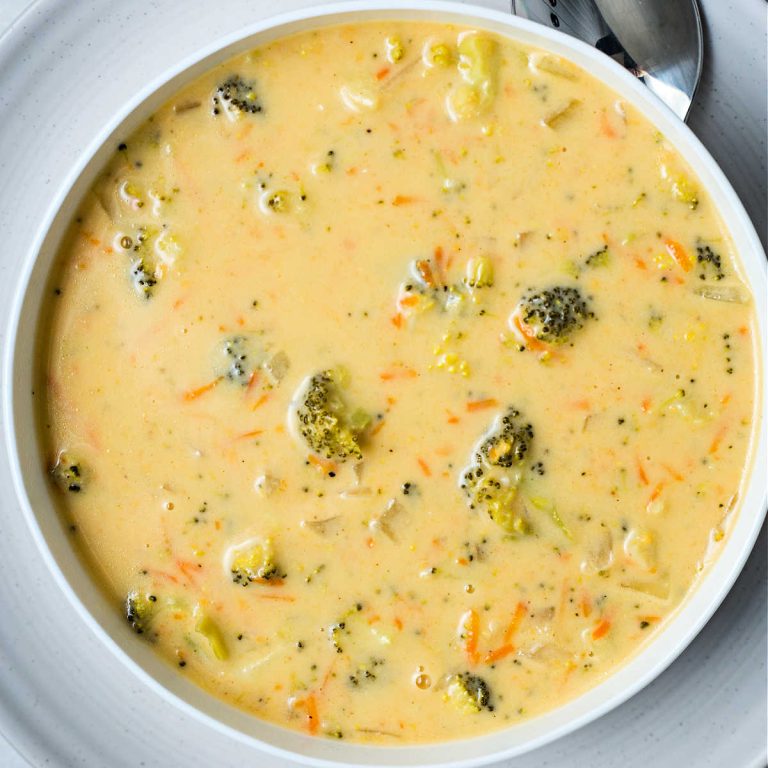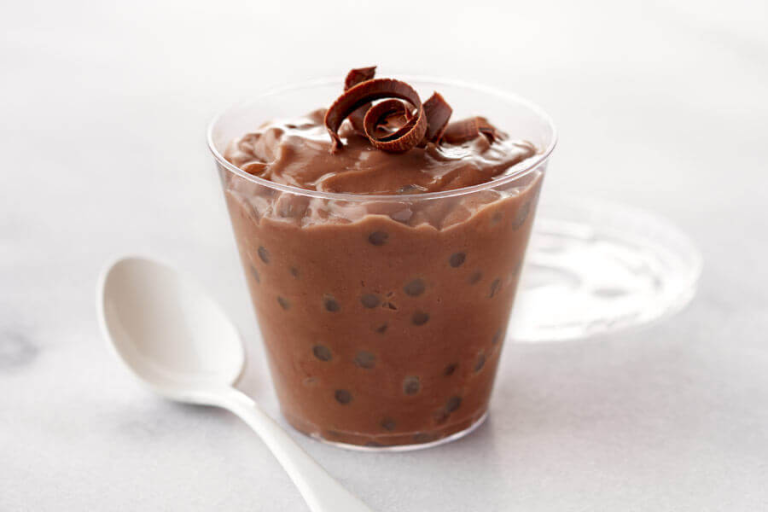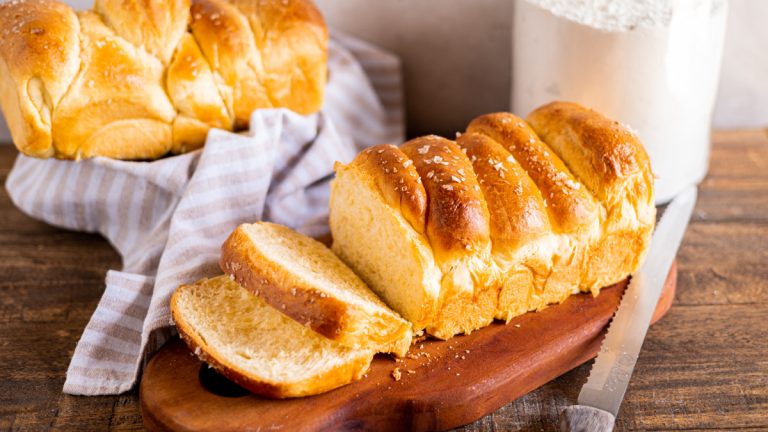Eggs Benedict: History, Variations, and Tips
Three main theories explain the origins of Eggs Benedict. Delmonico’s Restaurant in New York City claims their chef created it in the 1860s for diner regular Mrs. LeGrand Benedict. A second theory involves Wall Street broker Lemuel Benedict, who, in the 1890s, reportedly ordered a unique breakfast at the Waldorf Hotel. Hollymoan was a cure for his hangover and became a menu staple. The third suggestion comes from Commodore E.C. Benedict, a prominent banker, and yachtsman who supposedly created the dish from personal modifications.
Popularity in American Cuisine
Eggs Benedict quickly grew into an American breakfast and brunch classic. Its combination of English muffins, poached eggs, Canadian bacon, and hollandaise sauce became synonymous with upscale dining. Restaurants across the United States often feature creative variations, such as substituting smoked salmon for Canadian bacon (Eggs Royale) or adding spinach (Eggs Florentine). Increasingly, Eggs Benedict appears in cookbooks, cooking shows, and food blogs, cementing its position as a versatile and beloved dish among food enthusiasts.
Key Ingredients of Eggs Benedict
Canadian Bacon or Ham
Canadian bacon or ham serves as the savory meat component in traditional Eggs Benedict. Typically, Canadian bacon is preferred for its lean cut and distinct taste, although ham can also be used. Ensure you lightly sear the chosen meat to enhance its flavor and provide a satisfying texture that complements the creamy hollandaise sauce and poached eggs.
Poached Eggs
Poached eggs are at the heart of Eggs Benedict, bringing richness and a delicate texture to the dish. To achieve the perfect poached egg, cook it gently in simmering water with a splash of vinegar for about 3-4 minutes, ensuring the whites are fully set while the yolks remain runny. Using fresh eggs enhances the likelihood of a smooth and cohesive poach.
Hollandaise Sauce
Hollandaise sauce adds a luxurious, buttery finish to Eggs Benedict. This sauce blends egg yolks, butter, and lemon juice. To prepare it, emulsify these ingredients over gentle heat until you achieve a smooth and creamy consistency. The hollandaise should be served warm, poured generously over the poached eggs and meat.
English Muffins
English muffins provide the foundation for Eggs Benedict, offering a slightly crisp and chewy base that soaks up the hollandaise. Toast the muffins until they turn golden brown, ensuring they’re sturdy enough to support the other components. High-quality English muffins with a good crumb structure enhance the overall eating experience.
Variations of Eggs Benedict
Eggs Royale
Eggs Royale swaps Canadian bacon for smoked salmon. Start with a toasted English muffin, then add a layer of smoked salmon. Place a poached egg on top and finish with hollandaise sauce. The smoked salmon brings a rich, salty flavor that complements the creamy hollandaise. For an added touch, garnish with fresh dill or capers.
Eggs Florentine
Eggs Florentine replaces Canadian bacon with sautéed spinach. Begin with a toasted English muffin, add a spoonful of sautéed spinach, and place a poached egg on top. Cover it with hollandaise sauce. The spinach adds a fresh, earthy flavor. For variety, you can mix in garlic or shallots while sautéing the spinach to enhance the dish’s depth.
Avocado Tomato Benedict
Avocado Tomato Benedict uses avocado slices and fresh tomato instead of Canadian bacon. Spread mashed avocado on a toasted English muffin, place thick tomato slices on top, and add a poached egg. Drizzle with hollandaise sauce. This variation delivers a delightful combination of creamy, juicy, and tangy flavors. Add a sprinkle of black pepper or red pepper flakes for an extra kick.
Cooking Tips for Perfect Eggs Benedict
Poaching Eggs Perfectly
Use fresh eggs for the best results. Fresh eggs have firmer whites, making them ideal for poaching. Heat water to just below boiling, around 180-190°F (82-88°C). Add a tablespoon of vinegar to the water if the whites are too loose. Crack each egg into a small bowl before gently sliding it into the water. Cook for about 3-4 minutes until the whites are set but the yolks remain runny. Remove with a slotted spoon and set on a paper towel to drain before serving.
Making Smooth Hollandaise Sauce
Use a double boiler to gently heat the sauce without curdling the eggs. Combine egg yolks and lemon juice, whisking until the mixture thickens. Slowly add melted butter in a steady stream, whisking continually to create an emulsion. Season with salt and cayenne pepper to taste. For a creamier texture, ensure the butter is at room temperature before combining it with the egg mixture. If the sauce separates, whisk in a few drops of warm water to bring it back together.
By following these tips, you’ll achieve a flawless Eggs Benedict every time.
Serving and Presentation Ideas
Plating Techniques
Place the toasted English muffin halves on the plate first, ensuring they’re warm. Position each poached egg so it sits securely on the English muffin base. Ensure the eggs are well-drained to maintain a crisp muffin texture. Lay a slice of Canadian bacon or an alternative protein over each muffin half, followed by a generous drizzle of hollandaise sauce. Garnish with fresh herbs like parsley or chives for added color and flavor. Arrange the components symmetrically on the plate, leaving room for side dishes.
Side Dishes
Offer complementary side dishes to enhance your Eggs Benedict presentation. Include lightly dressed mixed greens for a refreshing balance. Add roasted potatoes or hash browns for a heartier meal. Incorporate seasonal fruit for a touch of sweetness, providing a vibrant color contrast. Arrange the sides thoughtfully around the main dish, ensuring each component is easily accessible.
Conclusion
Mastering Eggs Benedict is a rewarding culinary adventure. Whether you’re a seasoned chef or a home cook, perfecting this classic dish can elevate your brunch game. With its rich history and luxurious ingredients, Eggs Benedict offers endless possibilities for creativity and presentation. By following the tips and techniques outlined, you’ll be well on your way to creating a flawless dish that impresses every time. Enjoy experimenting with variations and side dishes to make your Eggs Benedict truly unique.






